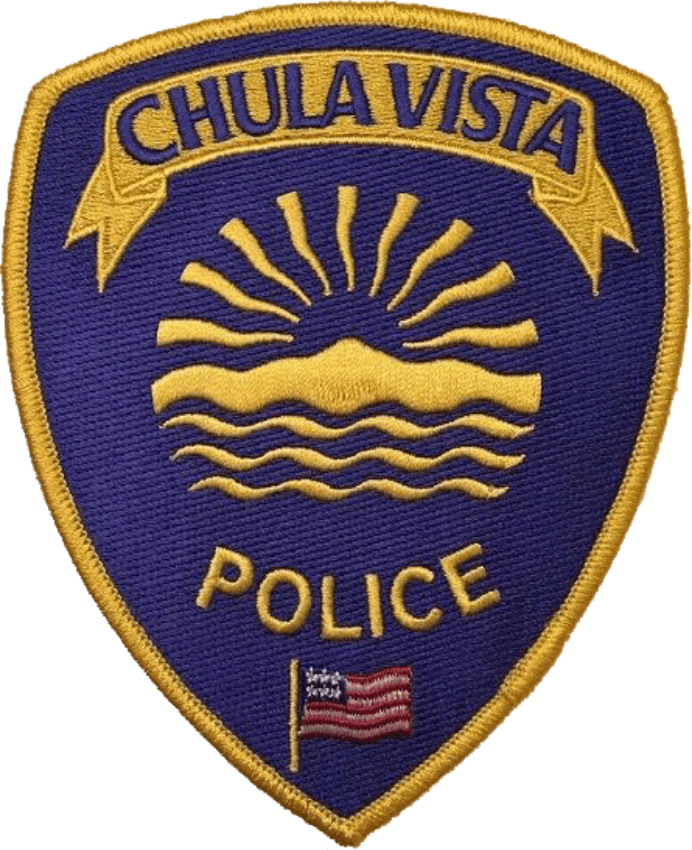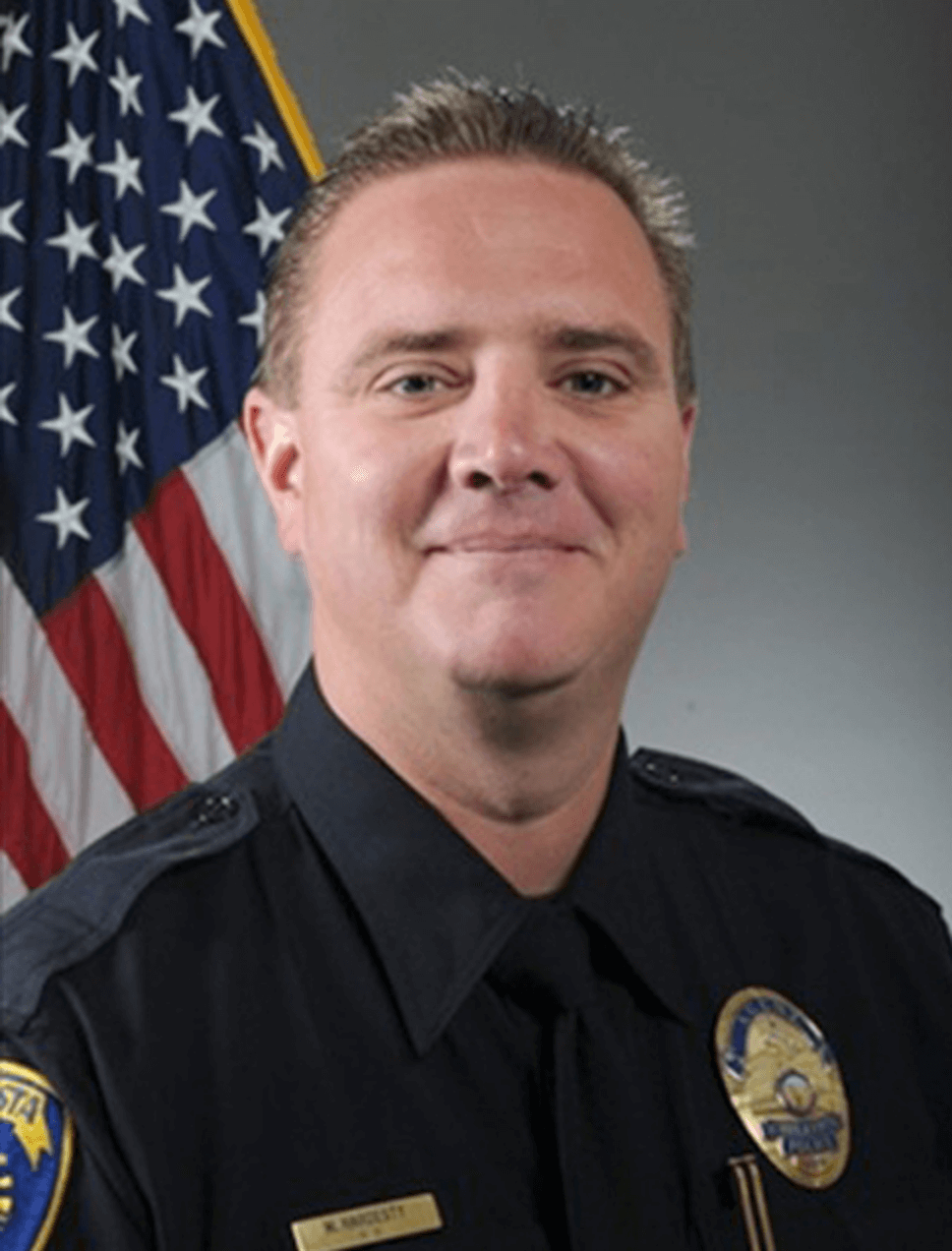CVPD leverages Live911 and new drone technology to provide officers with more information to make better-informed decisions.
The Chula Vista Police Department, located in Southern California eight miles south of San Diego and eight miles north of the Mexico border, has a rich history as an early adopter of cutting edge innovation to improve public safety for its community.
Since launching its Drone as First Responder (DFR) program in October 2018, the Chula Vista Police Department has dispatched drones to 911 calls 3,508 times and drones have assisted in 452 arrests. As the only law enforcement agency that is part of the FAA’s Integration Pilot Program, a program that seeks to establish the ground rules of incorporating drones into the national airspace, CVPD is shaping drone policy that police departments throughout the country could one day adopt.
For decades, CVPD has maintained a culture of community-based policing, community engagement, and accountability. To that end, it established a publicly accessible website that tracks each drone’s flight path, duration, and reason for launch. Additionally, the department has committed not to use drones for general surveillance. Instead, drones are dispatched only when a 911 call comes in.
Live911 provides new insights to drone program
In early 2019, the Chula Vista Police Department partnered with HigherGround, the industry’s leading developer of solution-based public safety software, to develop, refine, and test a new technology aptly called “Live911”. The vision for this solution that closes the gap between police dispatcher to first responders came from Fritz Reber, a retired Chula Vista Police Captain.
For Live911’s initial beta testing, CVPD applied it to the Drone as First Responder program. A police officer (teleoperator) launches pre-positioned drones toward incoming calls for service, arriving before ground units, and providing critical tactical information to guide response and improve outcomes. With Live911, the teleoperator has the ability to launch at the earliest possible moment based upon the incoming 911 call, often arriving on scene before the call is even entered into CAD.
For instance, Police Agent Matt Hardesty was in the drone center and heard a 911 call come in, then the caller immediately hung-up. A dispatcher called that number back and the female who answered said it was an accident. “But I heard somebody yell in the background,” said Hardesty. “And I thought it just didn’t sound right.” Because he had access to the caller’s address on the Live911 screen, he flew a drone over to the house to see if there was any activity.
From overhead, Hardesty saw a young girl leave the house with a large knife and walk up to a Mercedes in the driveway and start scratching it. Within seconds, a woman (her mother) jumps out of a window and a confrontation begins with a knife waving. “At this point there’s been no call for service. There’s no officers being sent,” said Hardesty. “So I’m seeing this and get on the air and say, ‘Hey, we’ve got a confrontation between two people involving a knife. We need to send units.” A Code 3 with lights and sirens was sent and fortunately no one was harmed.



I’m hearing the calls in real time and launching a drone often before the call is even dispatched to an officer. In terms of response times, it’s pretty ridiculous. The drones arrive up to three minutes earlier on the scene ahead of the patrol vehicle and provides them with up-to-date information.
– Agent Matt Hardesty, Drone as First Responder Pilot
The ultimate combination for situational awareness
Following the drone program’s success with Live911, CVPD rolled out the software for its entire department. Time is never on a first responder’s side. Providing officers in the field the ability to monitor incoming live 911 calls gives them a “head start” by eliminating standard delays from dispatching.
We have to give our officers, our first responders, more information. That is critical right now as we talk about de-escalation and the challenges law enforcement is facing. Live911 is an opportunity to help officers make better informed decisions, to respond faster, and to save people’s lives.”
– CVPD Chief Roxana Kennedy
“Not only can officers get the audio of the call and see on a map the precise location of where it is happening, both the officers and dispatcher get to see a simultaneous video feed if a drone is on scene,” said Fritz Reber, former CVPD Captain and Skydio’s Head of Public Safety Integration. “That is the perfect ecosystem for immediate situational awareness.”
The CVPD received a call about a man waving a gun around at a local taco stand – scaring patrons eating outside. As officers heard the call and started driving to the scene, a drone was also sent. The drone operator, Agent Hardesty, saw a man holding what appeared to be a gun in his hand. “With a potential armed subject, this was going to be a high-risk situation. You know, guns are going to be drawn and bad things could happen,” said Hardesty. “While I was watching this and hearing all of the updates from the caller talking to our dispatcher via Live911, I saw him pick-up the gun-shaped item and light his cigarette with it. I could even see him exhale the smoke.” Hardesty was able to immediately tell this critical information to patrol officers en route so they could de-escalate their approach.
See how Live911 can improve efficiencies for your organization
Request a Demo

